Red Borneo Kratom is a unique strain of the Mitragyna speciosa tree, native to the island of Borneo. This tropical...
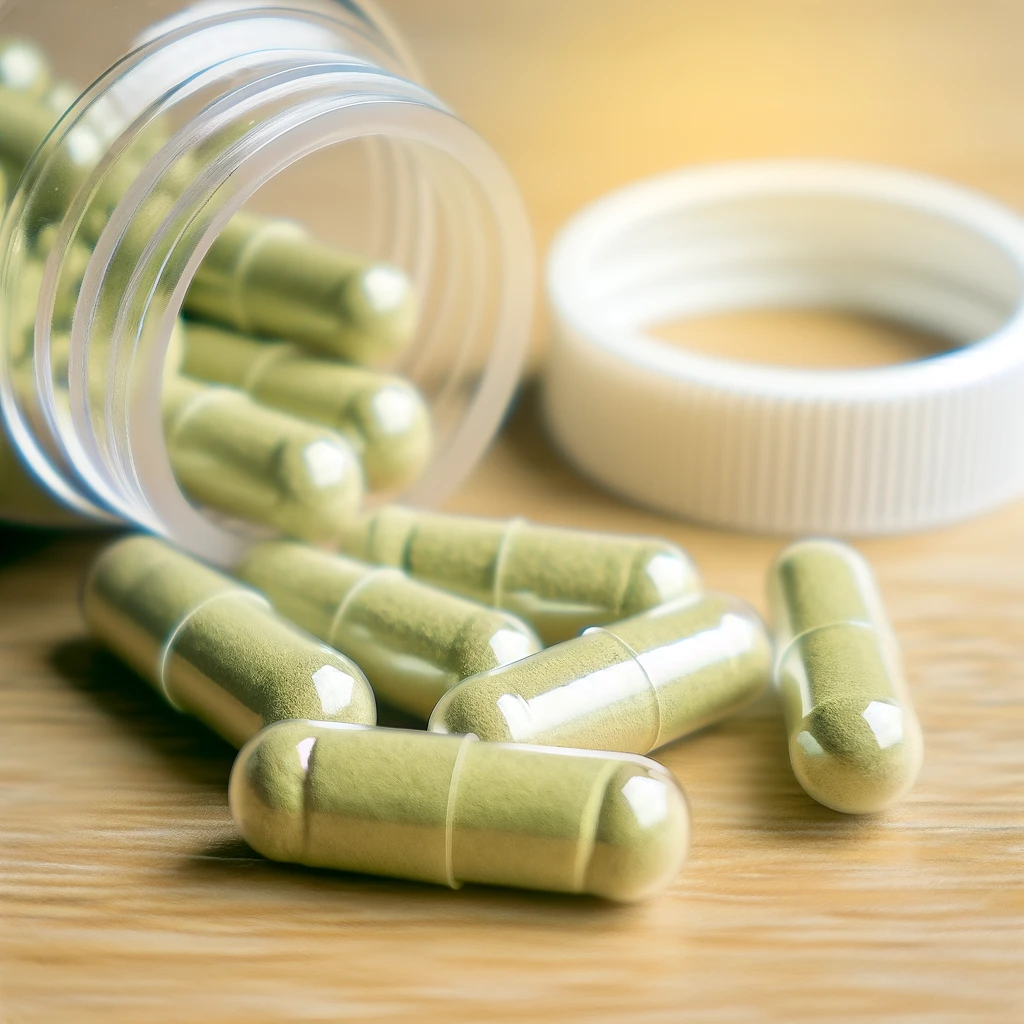
What is Yellow Kratom?
Kratom, scientifically known as Mitragyna speciosa, is a tropical tree native to Southeast Asia. Its leaves have been used for centuries in traditional medicine for their unique properties. One of the most intriguing varieties of Kratom is the elusive yellow vein Kratom. This article aims to provide an in-depth exploration of this fascinating strain, shedding light on its origins, effects, and potential applications.
Table of Contents
-
Origins and Production
-
Chemical Composition and Alkaloids
-
Potential Effects and Uses of Yellow Kratom
-
Pain Relief
-
Mood Enhancement
-
Energy and Focus
-
-
Potential Risks and Precautions
-
Legality and Regulation
-
Frequently Asked Questions
-
What makes yellow Kratom different from other strains?
-
Is yellow Kratom better for pain relief than other strains?
-
How does yellow Kratom affect energy and focus?
-
Are there any risks or side effects with yellow Kratom?
-
Is yellow Kratom legal?
-
Origins and Production
Yellow Kratom is not a naturally occurring strain but rather a product of a unique drying process. The leaves of the Kratom plant are harvested and then exposed to specific techniques that involve exposure to intense heat and ultraviolet light. This process alters the chemical composition of the leaves, resulting in a distinct yellow coloration.
The production of yellow Kratom is an intricate and time-consuming process, which is why it is relatively rare and often more expensive than other strains. The precise methods used to create yellow Kratom are closely guarded secrets, passed down through generations of Kratom farmers and producers.
Chemical Composition and Alkaloids
The unique drying process employed in the production of yellow Kratom is believed to enhance the concentration of certain alkaloids present in the leaves. Alkaloids are natural compounds that interact with various receptors in the body, producing a range of effects.
One of the most prominent alkaloids found in Kratom is mitragynine, which is known for its analgesic (pain-relieving) and stimulant properties. Yellow Kratom is thought to have a higher concentration of 7-hydroxymitragynine, a closely related alkaloid that is believed to be even more potent than mitragynine.
Other alkaloids present in yellow Kratom include speciogynine, paynantheine, and mitraphylline, each contributing to the strain's unique effects and potential applications.
Potential Effects and Uses of Yellow Kratom
Pain Relief
One of the most widely recognized potential benefits of yellow Kratom is its analgesic properties. The alkaloids present in this strain, particularly 7-hydroxymitragynine, are believed to interact with opioid receptors in the brain and body, providing relief from various types of pain, including chronic pain, muscle aches, and post-surgical discomfort.
However, it's crucial to note that the effectiveness and safety of yellow Kratom for pain management have not been extensively studied in clinical trials, and more research is needed to fully understand its potential and limitations.
Mood Enhancement
Many users report experiencing mood-boosting effects from yellow Kratom. The strain is said to promote a sense of well-being, elevate mood, and alleviate symptoms of mild anxiety and depression. This effect is attributed to the interaction of Kratom's alkaloids with various neurotransmitter systems in the brain, including serotonin and dopamine.
However, it's crucial to exercise caution when using any substance for mood enhancement, as individual responses can vary, and there is a potential for dependency and adverse effects, particularly with prolonged or excessive use.
Energy and Focus
At lower doses, yellow Kratom is often reported to provide a boost in energy levels and improve focus and concentration. This effect is likely due to the stimulant properties of certain alkaloids present in the strain, such as mitragynine.
Users who take yellow Kratom for this purpose typically report increased motivation, enhanced productivity, and a heightened ability to remain attentive to tasks for extended periods.
Potential Risks and Precautions
While yellow Kratom holds promising potential benefits, it's essential to be aware of potential risks and exercise caution when using this or any other Kratom strain.
Some potential side effects of yellow Kratom may include nausea, constipation, dry mouth, and dizziness, particularly at higher doses or with prolonged use. There is also a risk of developing dependence and experiencing withdrawal symptoms upon discontinuation, especially with long-term or excessive use.
It's essential to consult with a healthcare professional before using yellow Kratom, especially for individuals with pre-existing medical conditions or those taking medications, as Kratom may interact with certain substances and exacerbate certain health issues.
Additionally, the quality and purity of Kratom products can vary significantly, as the industry is largely unregulated. It's crucial to purchase Kratom from reputable sources and to exercise caution when experimenting with new strains or doses.
Legality and Regulation
The legal status of Kratom, including yellow Kratom, is a complex and evolving issue that varies from country to country and even between states or municipalities within the same country.
In the United States, Kratom is currently legal at the federal level but has been banned or regulated in several states and cities due to concerns about its potential for abuse and lack of comprehensive research on its long-term effects.
It's essential to stay informed about the latest developments in Kratom legislation and regulations in your area before purchasing or using any Kratom products, including yellow Kratom.
Yellow Kratom is a unique and intriguing strain that holds promise for various potential applications, ranging from pain relief to mood enhancement and energy boosting. However, it's crucial to approach this or any other Kratom strain with caution, as more research is needed to fully understand its effects, risks, and appropriate use.
If you're considering using yellow Kratom or any other Kratom strain, it's essential to consult with a healthcare professional, purchase from reputable sources, and stay informed about the latest developments in Kratom legislation and regulation in your area.
Remember, while Kratom may offer potential benefits, it's essential to prioritize your health and well-being, and to approach any substance with an abundance of caution and responsibility.
Discover the Natural Wonders of Kratom with Speakeasy Kratom. Sourced from the fertile soils of Southeast Asia, our premium Kratom offers a unique and invigorating experience. Explore the boundless potential of this ancient botanical with our Free Kratom Sampler, and start on an exploration of revitalization and well-being.
Frequently Asked Questions
-
What makes yellow Kratom different from other strains?
Yellow Kratom is unique because it undergoes a specialized drying process involving exposure to heat and ultraviolet light. This process alters the chemical composition of the leaves, resulting in a distinct yellow color and potentially higher concentrations of certain alkaloids like 7-hydroxymitragynine compared to other strains.
-
Is yellow Kratom better for pain relief than other strains?
Some users report that yellow Kratom provides effective pain relief, potentially due to its higher levels of 7-hydroxymitragynine which interacts with opioid receptors. However, more research is still needed to fully understand yellow Kratom's pain-relieving capabilities compared to other strains.
-
How does yellow Kratom affect energy and focus?
At lower doses, yellow Kratom is often reported to provide a boost in energy, focus, and concentration. The alkaloid mitragynine may contribute stimulant-like effects that enhance motivation and productivity for some users.
-
Are there any risks or side effects with yellow Kratom?
Like other Kratom strains, potential side effects of yellow Kratom can include nausea, constipation, dizziness, and dry mouth, especially at higher doses. There are also risks of dependence and withdrawal with long-term or excessive use. It's crucial to use yellow Kratom cautiously and consult a doctor.
-
Is yellow Kratom legal?
The legal status of yellow Kratom, like all forms of Kratom, is complex and constantly evolving. It is currently legal at the federal level in the U.S. but has been banned or regulated in some states and cities. Be sure to check your local laws before purchasing or using yellow Kratom.

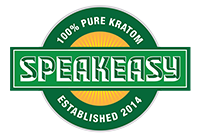
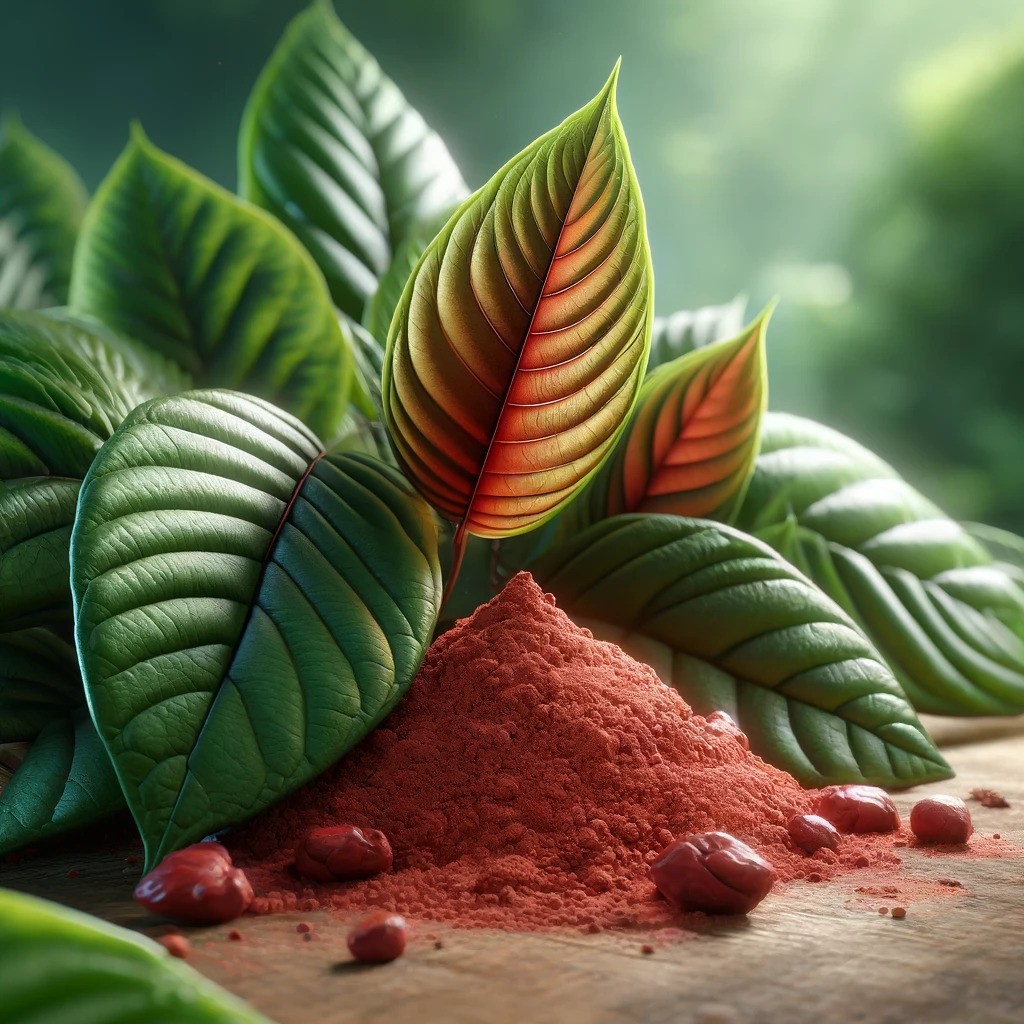
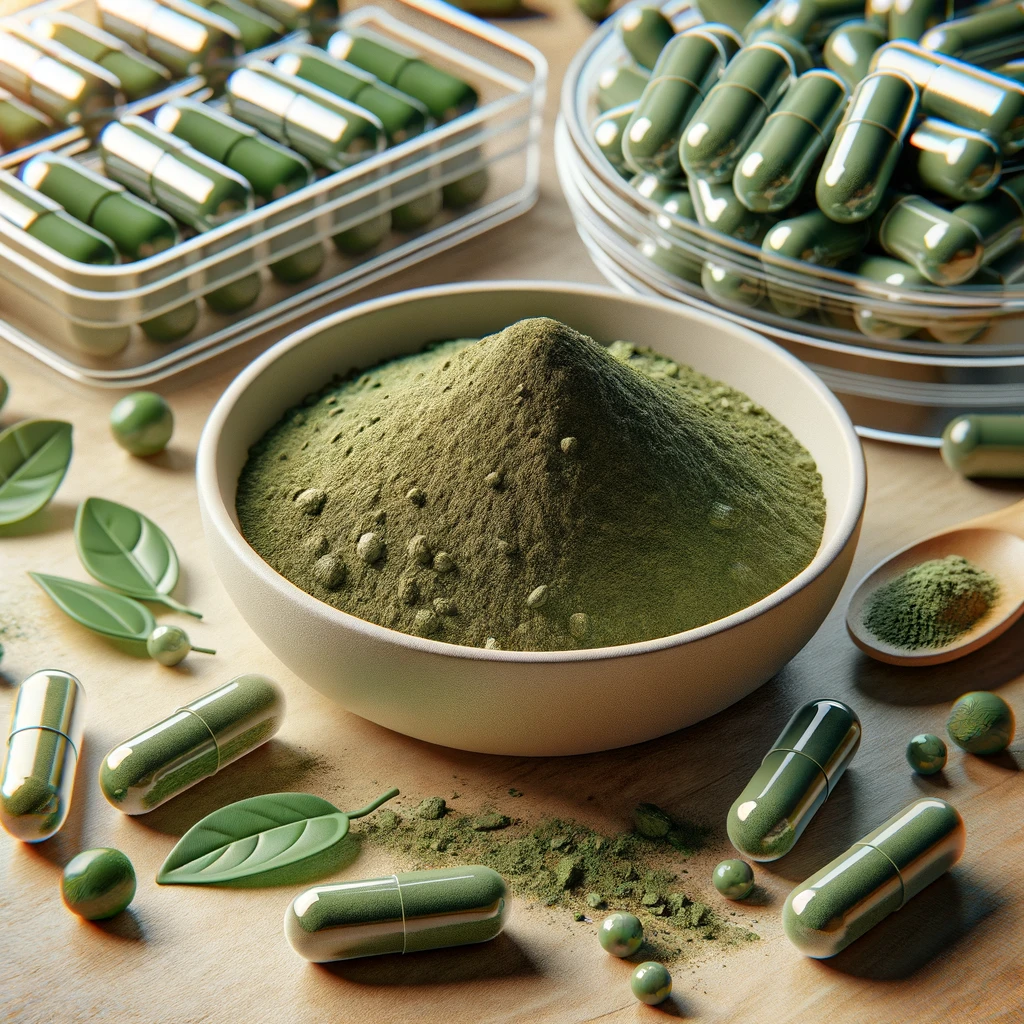


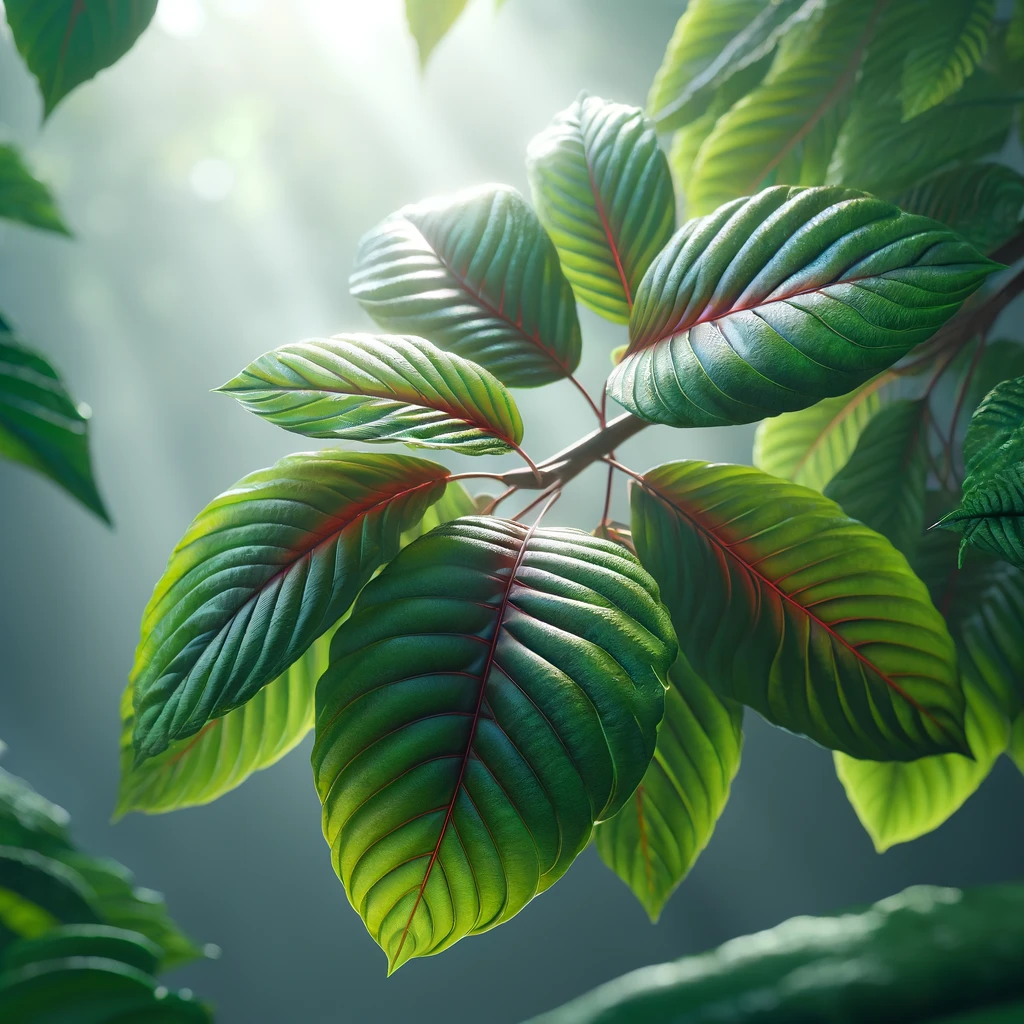
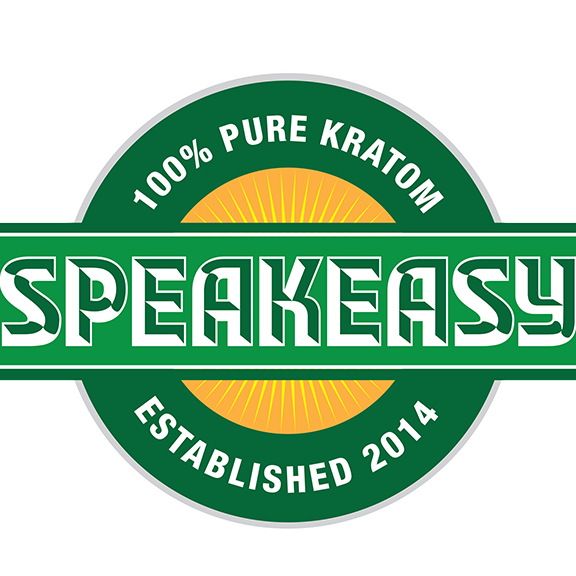
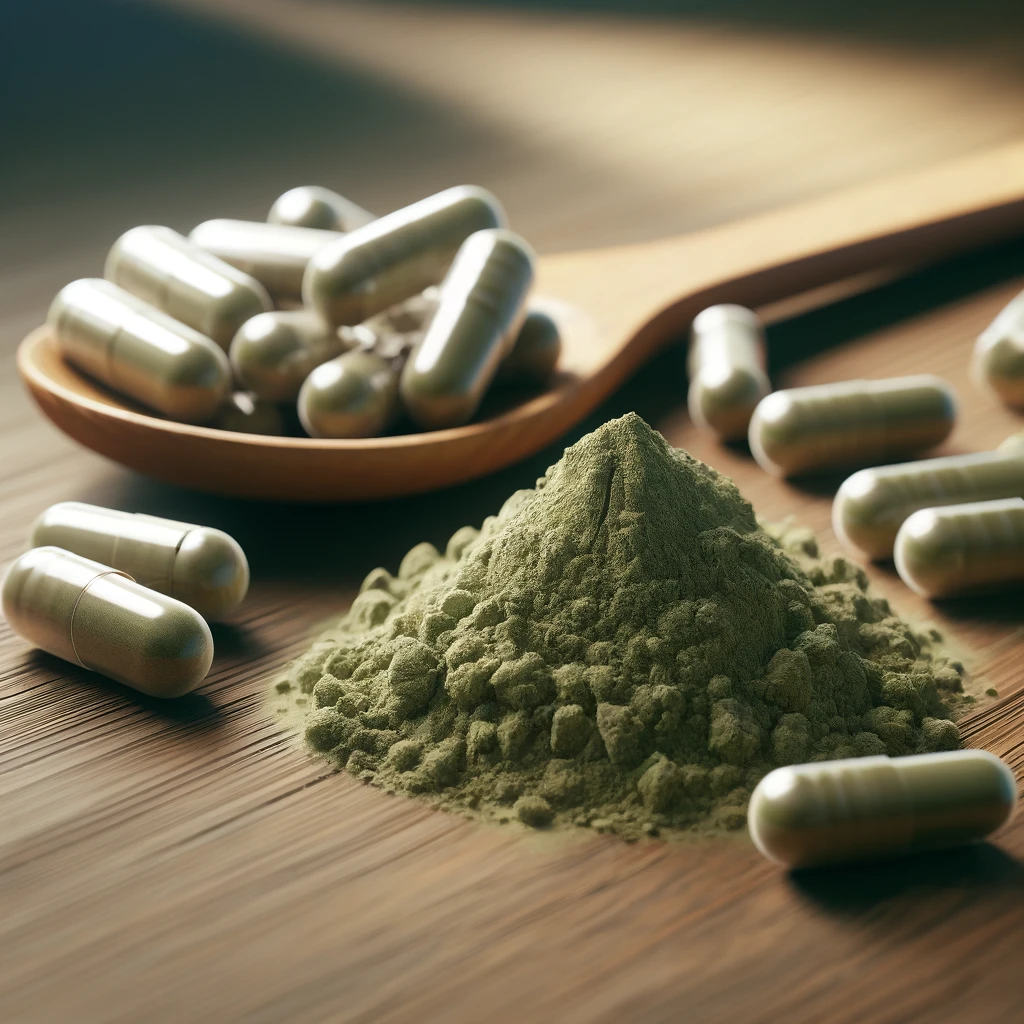
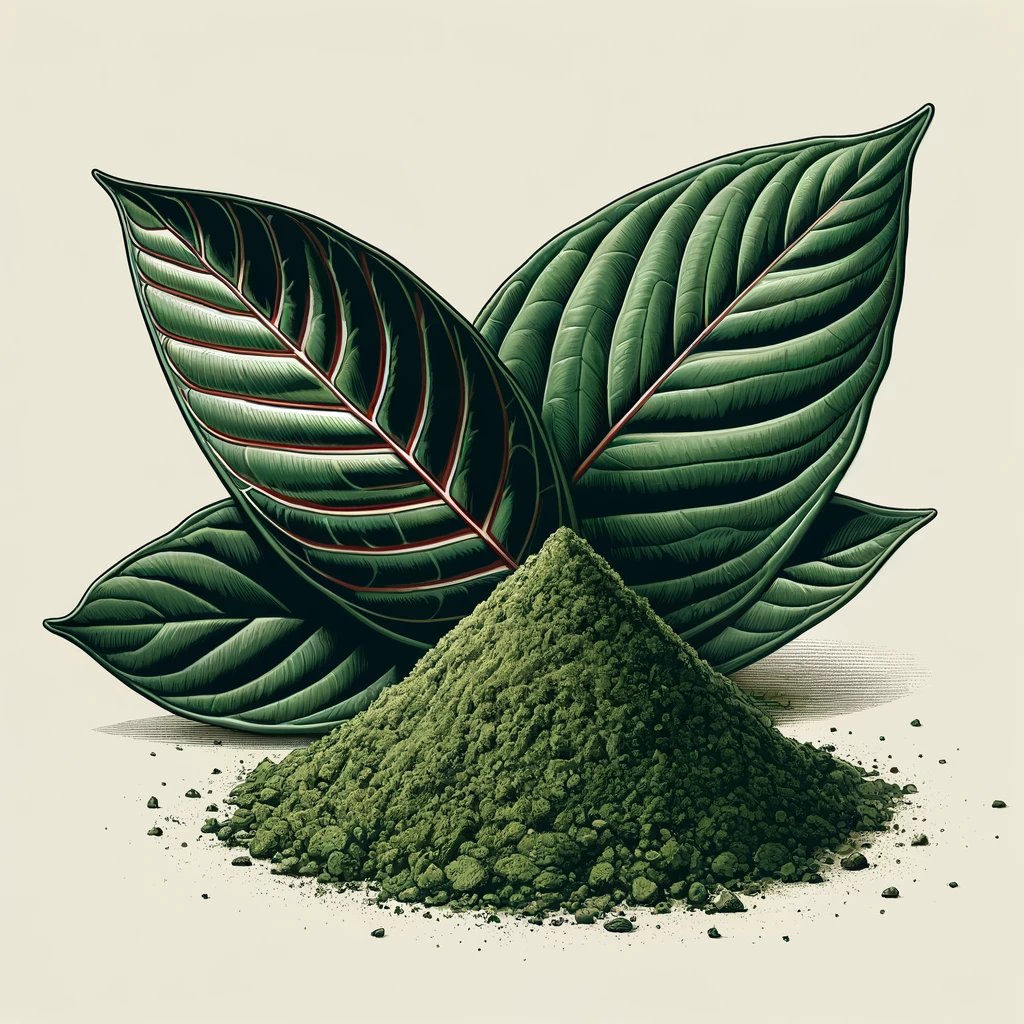

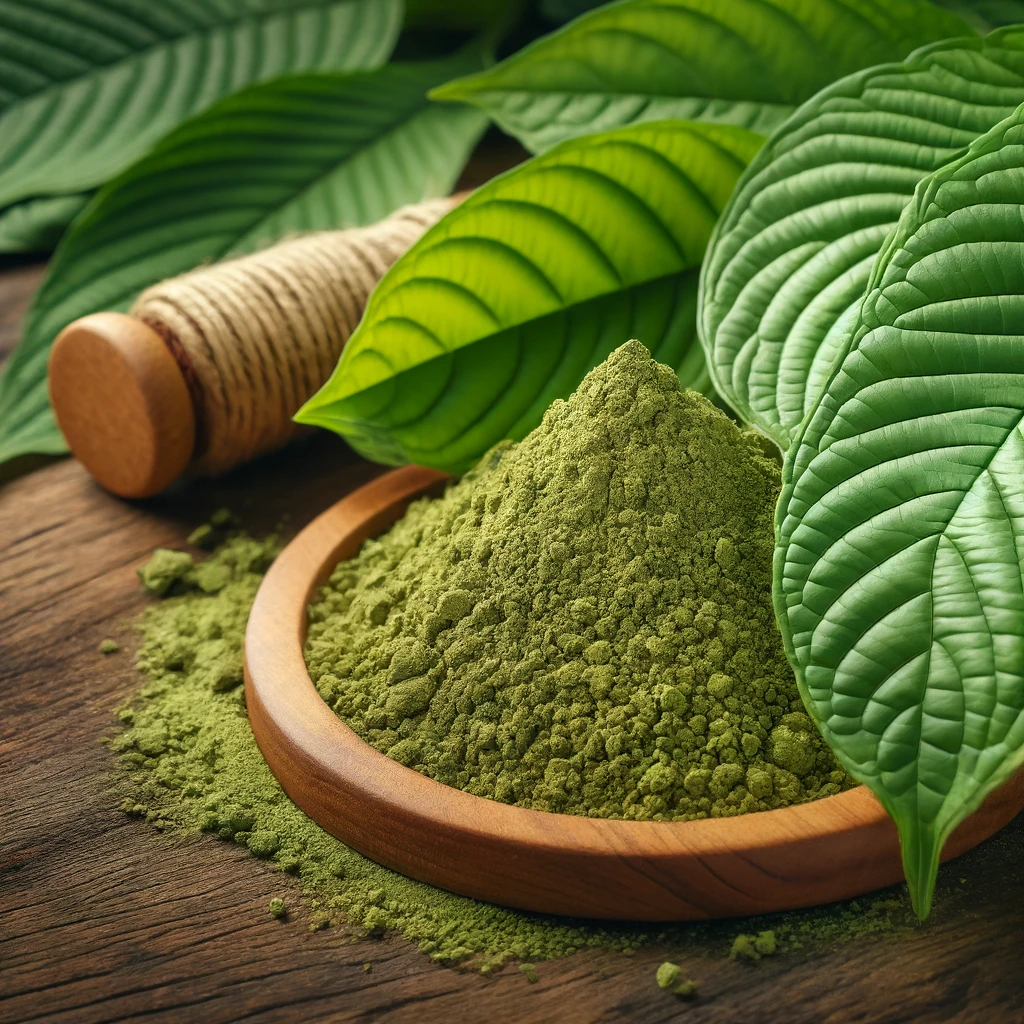
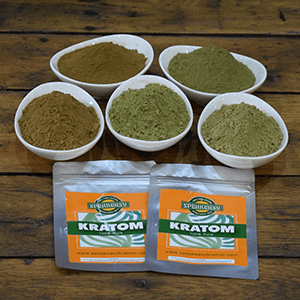

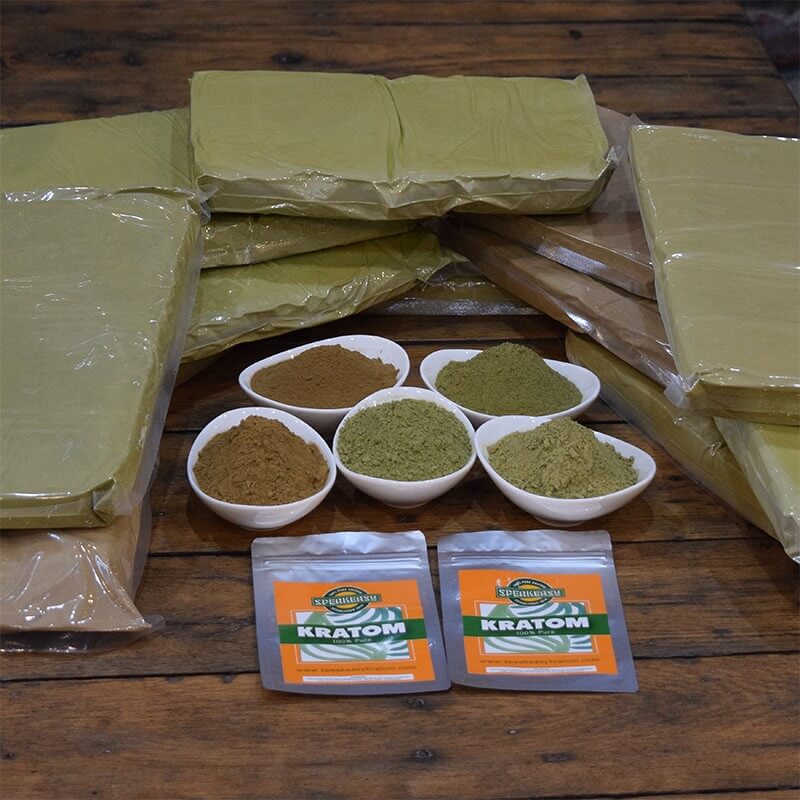
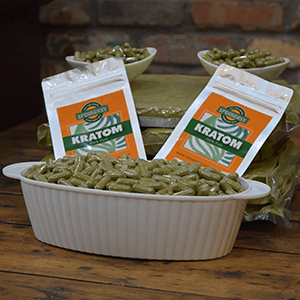
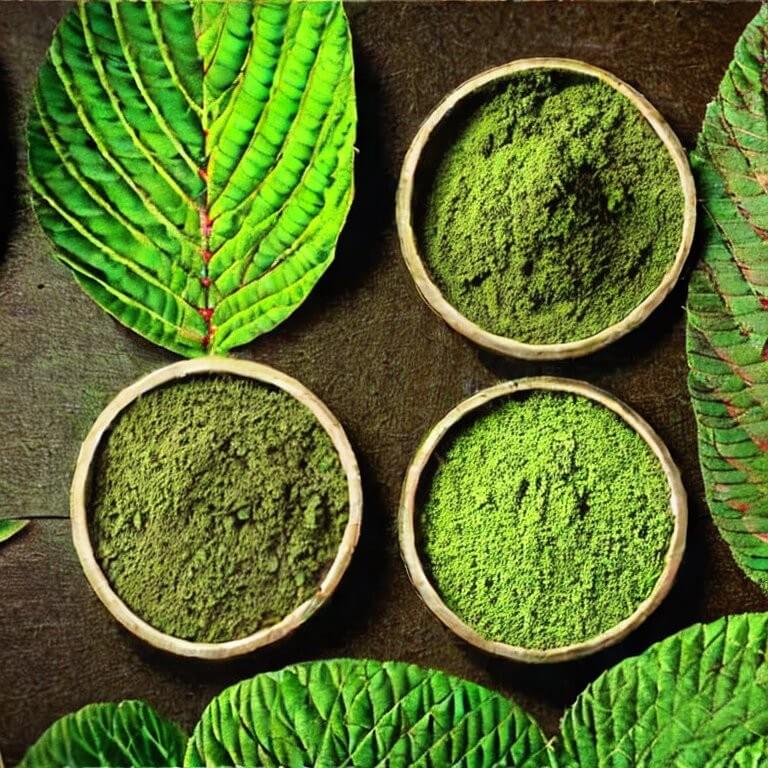
Leave a comment